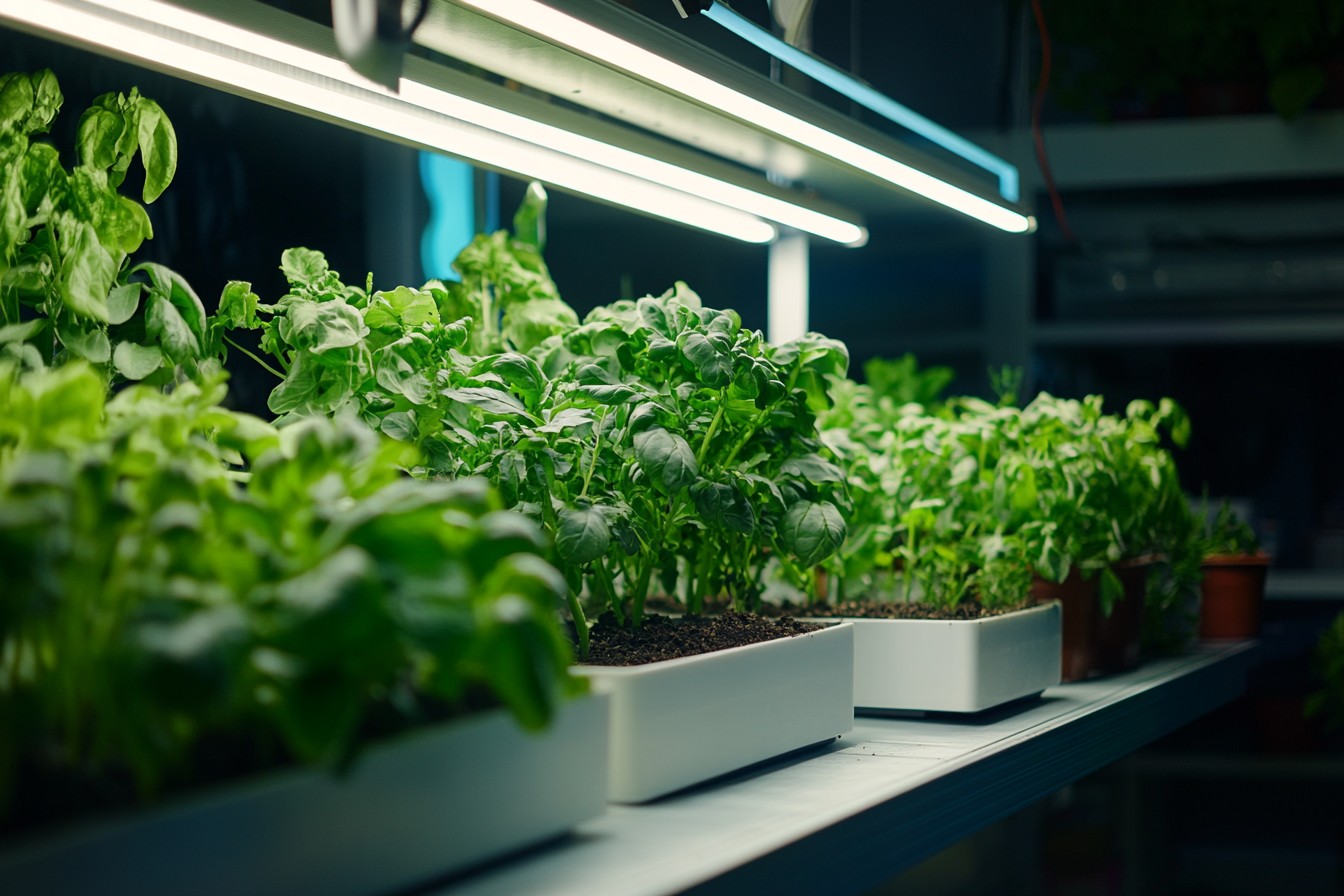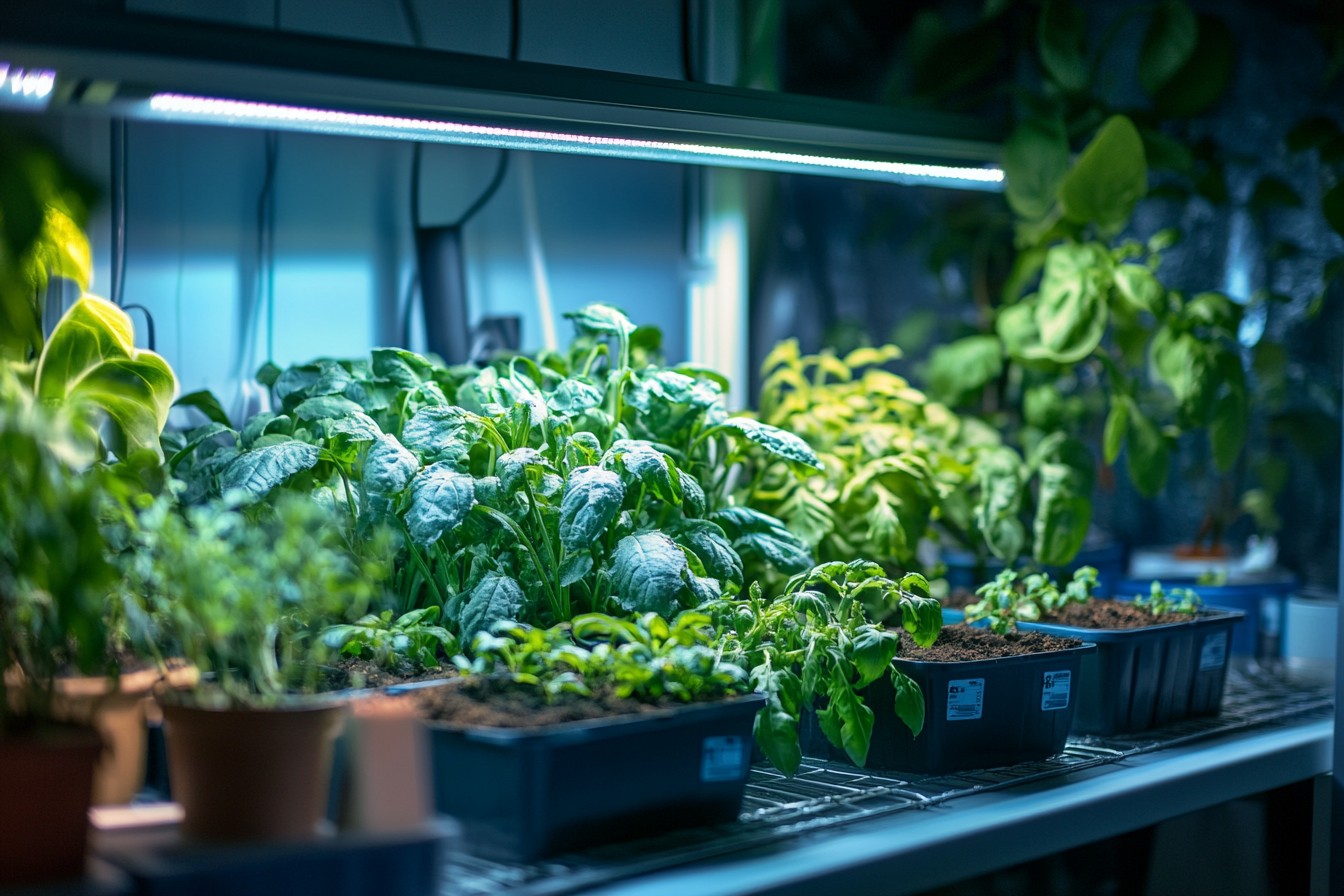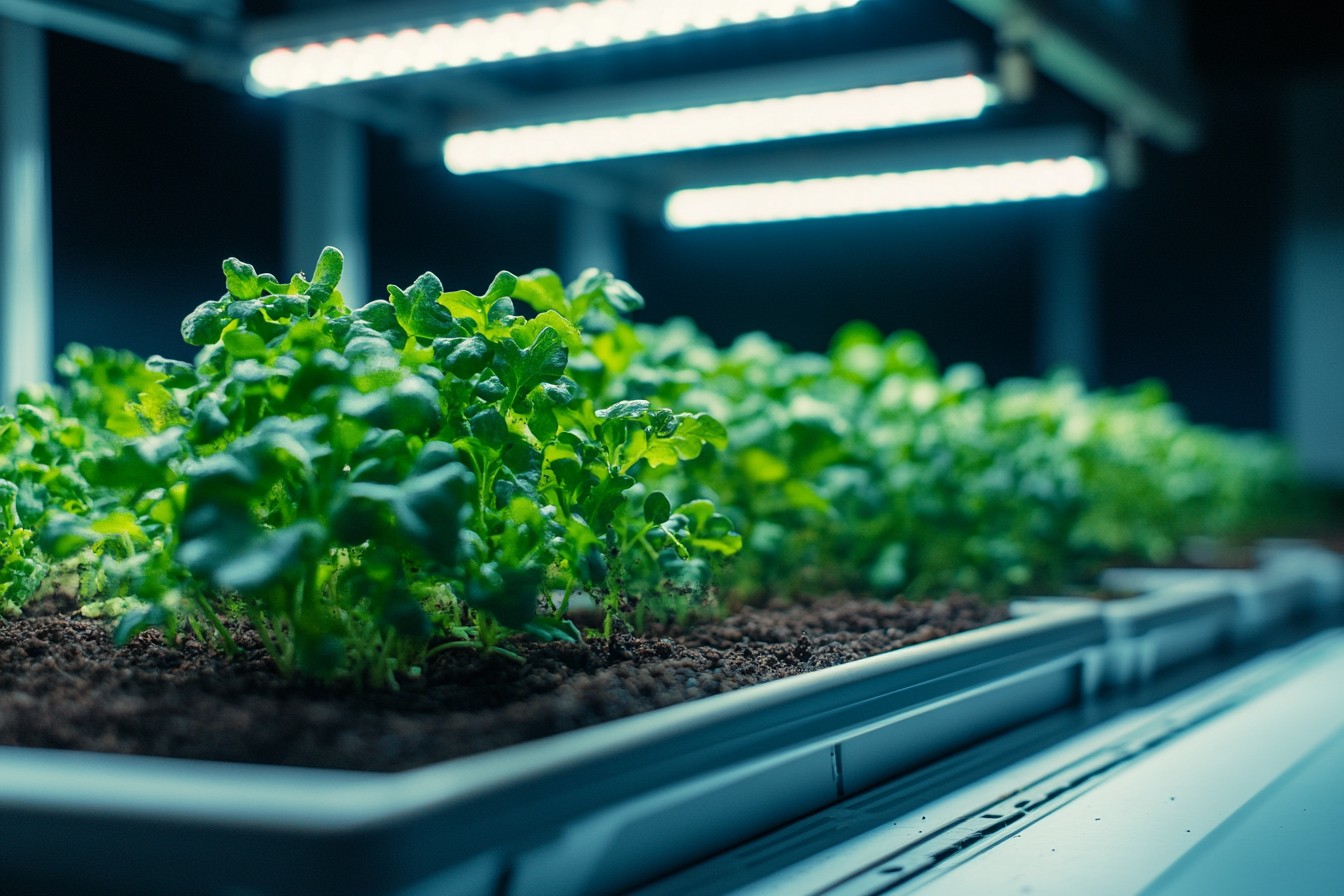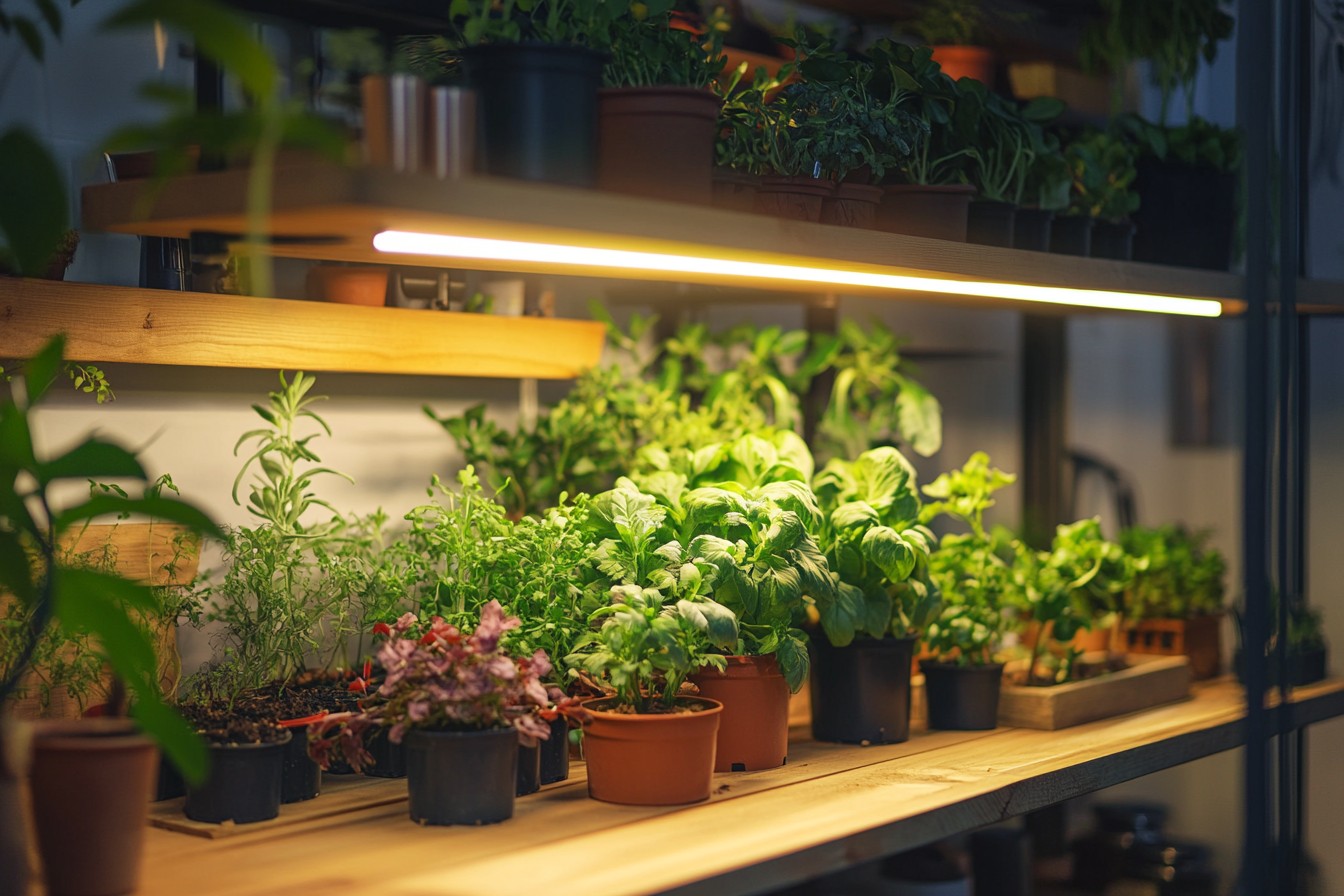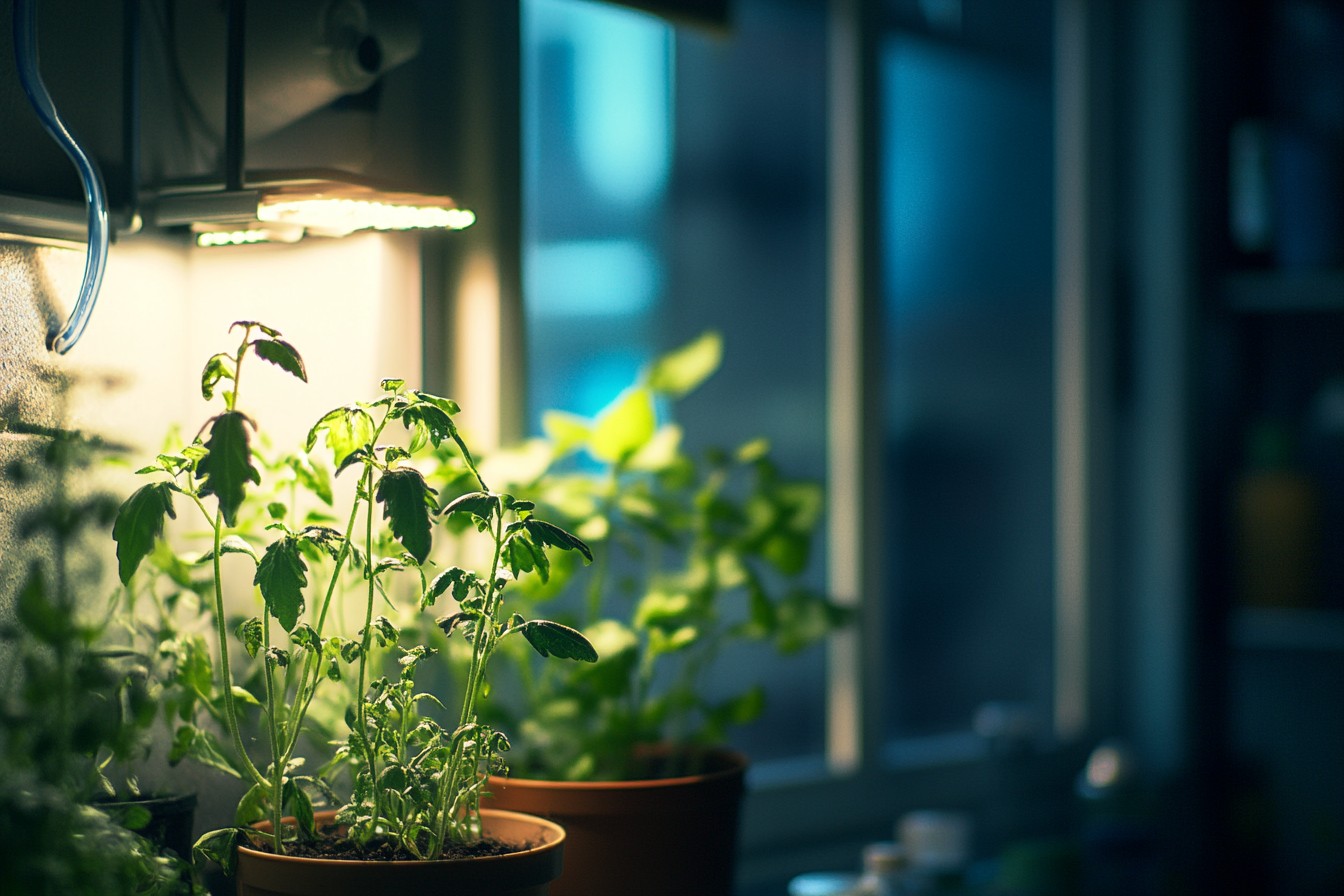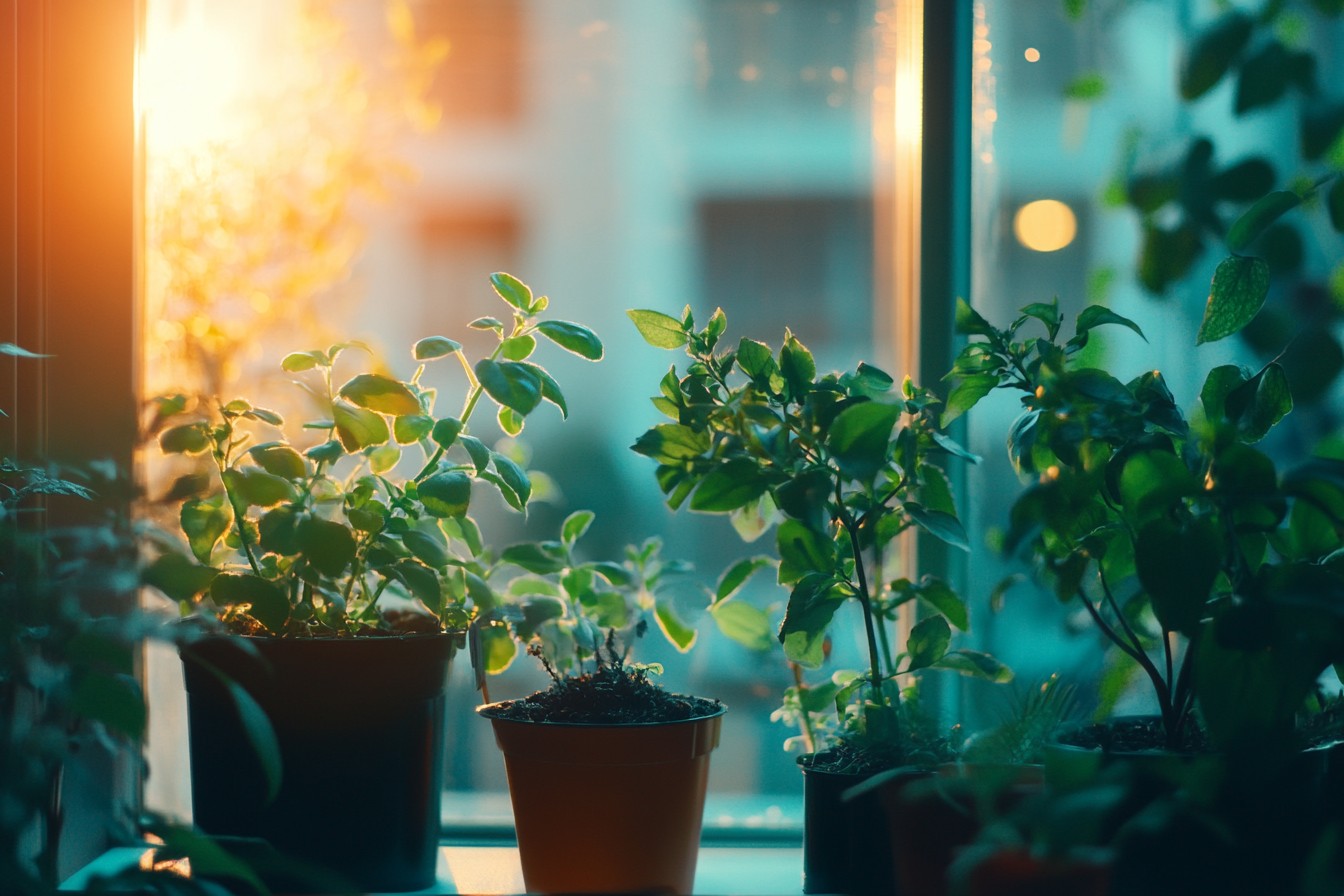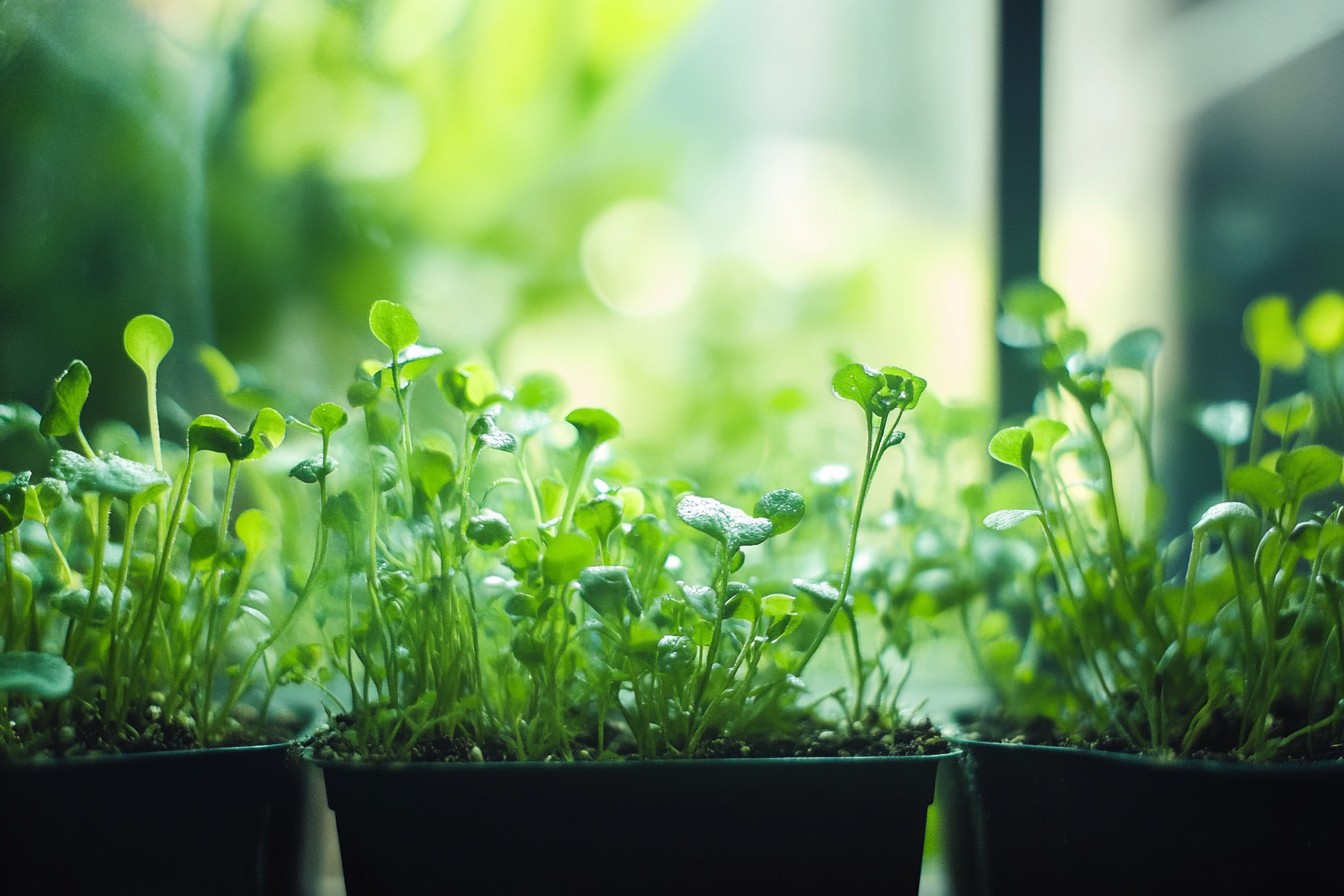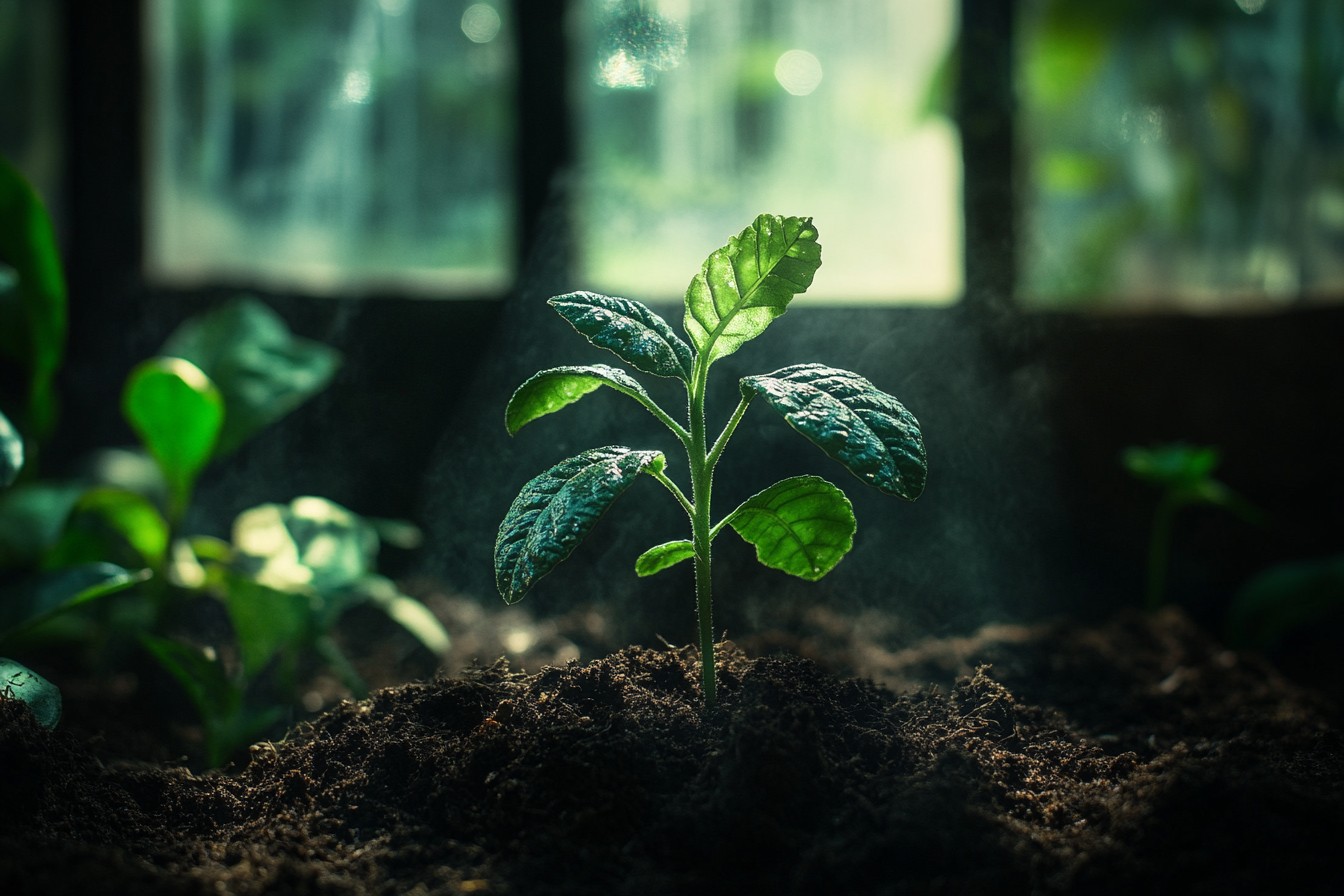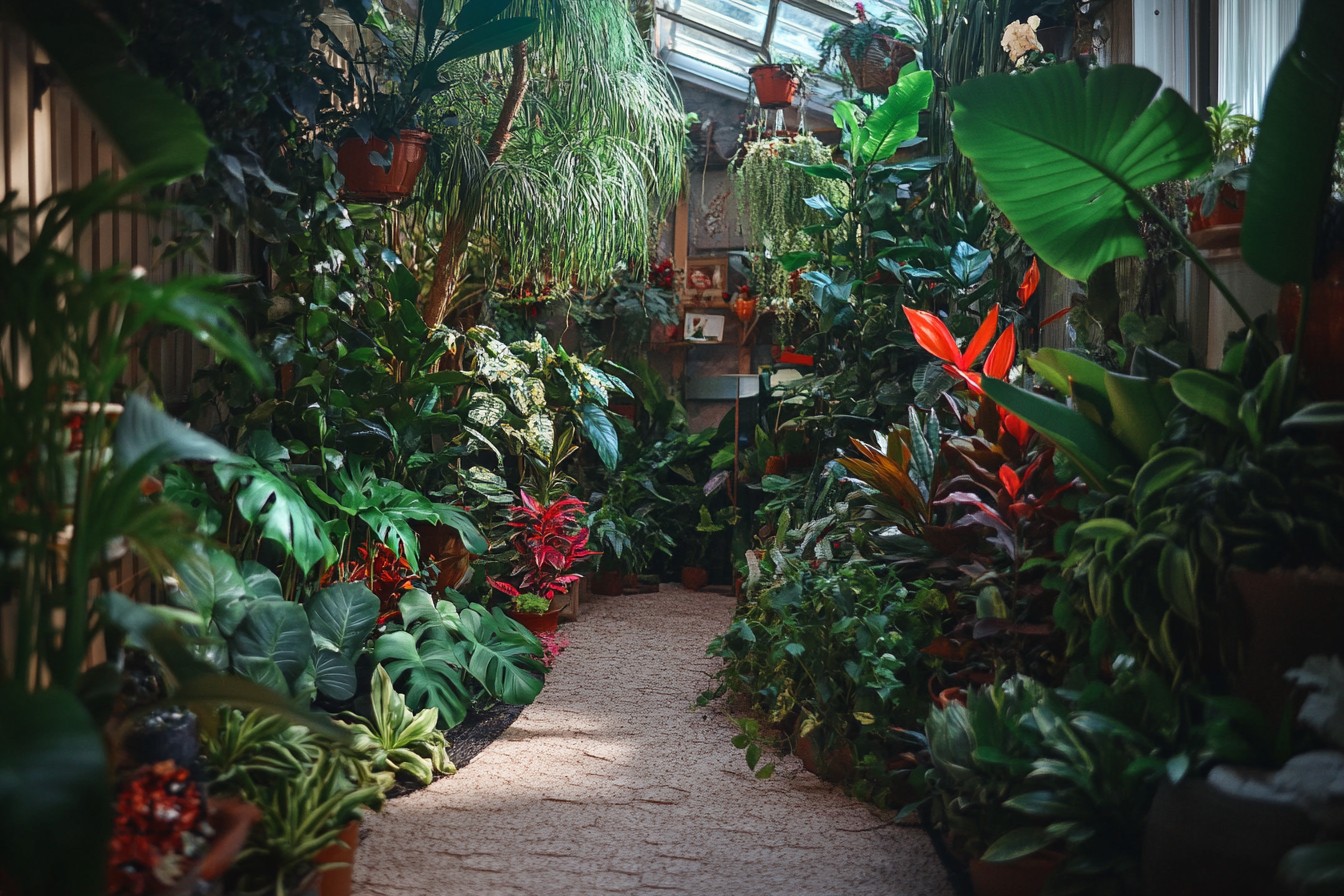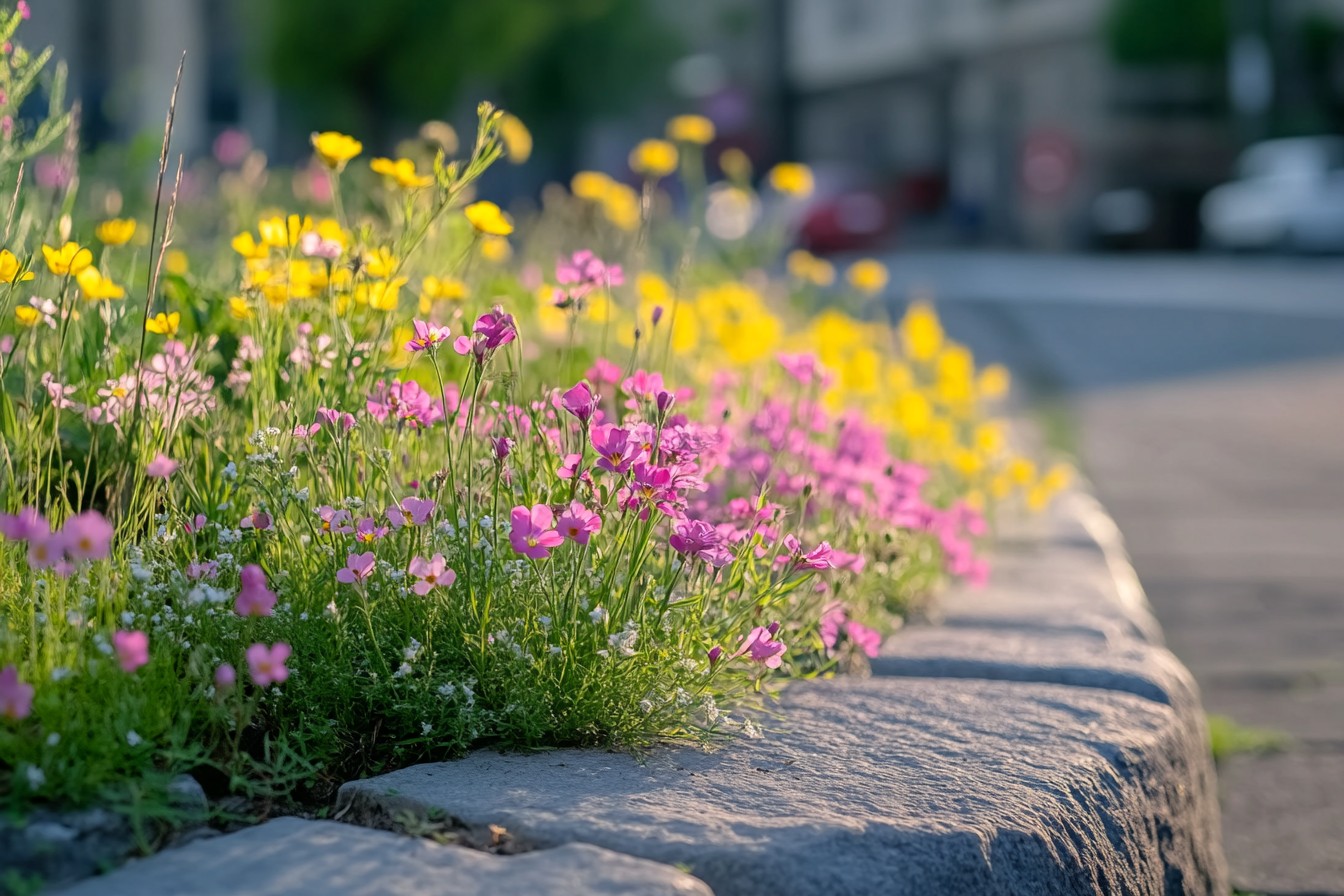The first time I tried growing something without soil, it was completely by accident. I’d absentmindedly stuck a cutting of pothos in a glass of water on my kitchen windowsill and then promptly forgot about it for three weeks. When I finally remembered (only because I needed that particular glass for guests), I discovered a tangle of white roots that looked healthier than any I’d ever grown in soil.
That neglected cutting sparked what my friends now call my “dirt-free obsession” – a four-year journey into the world of soil-free growing that’s filled my apartment with systems ranging from Mason jars with hand-drawn water level markers to a fully automated hydroponic setup that cost more than my first car. Let’s be honest: I didn’t know what I was doing when I started. My engineering background gave me false confidence that I could just “figure it out” – a statement that should be engraved on the tombstone of many plant casualties in those early days.
My first intentional system was embarrassingly simple – just eight glass jars arranged on my windowsill, each containing a cutting from various houseplants suspended in water with a bit of liquid fertilizer thrown in. Total cost: about $12 for the jars (I already had the plants and fertilizer). Some cuttings thrived – pothos, philodendron, and surprisingly, a cutting from my struggling spider plant that did better in water than its parent was doing in soil.
Others rotted within days, turning into slimy disappointments that made my kitchen smell like a forgotten produce drawer. The success with those simple water propagations led me to my first actual hydroponic system, a $37 plastic contraption from Amazon that looked like a futuristic salad bowl. It had six holes for net pots and an air pump that bubbled away like a tiny jacuzzi.
I planted lettuce seeds in rock wool cubes (a learning experience in itself – who knew you had to soak those things in pH-balanced water first?), placed them in the net pots, and waited. The system worked surprisingly well after I figured out the right nutrient concentration (through pure trial and error and killed at least seven lettuce seedlings in the process). My notes from that time show that the lettuce grew from seed to harvest-ready in just 41 days, about 30% faster than the soil-grown comparison plants I was keeping on the balcony.
The biggest issue with that first system was algae. The reservoir was clear plastic, which meant that within about 10 days, the water turned a concerning shade of green and developed what I can only describe as a “pond smell.” I tried everything – covering the reservoir with aluminum foil (which looked like my kitchen was preparing for alien contact), adding hydrogen peroxide (which worked but had to be done every three days), and finally just painting the entire container with black craft paint (which worked but made it impossible to check the water level without opening it up). Lesson one of soil-free growing: light + nutrients + water = algae, every single time.
Maintenance was another eye-opener. I had to change the nutrient solution completely every 7-10 days, check pH levels twice a week (I bought a $22 digital pH meter after getting tired of squinting at color-changing test strips), and monitor the temperature of the water, which easily heated up to plant-stressing levels during summer afternoons. All told, I was spending about 25 minutes a week maintaining a system that grew exactly six lettuce plants.
My girlfriend pointed out that we could buy organic lettuce at the farmers’ market for $3, which made my homegrown lettuce worth approximately $14 per head when factoring in my time and materials. But I was hooked on the process, not the economics. My next adventure was with LECA (Lightweight Expanded Clay Aggregate) – those little brown clay balls that look like crunchy Cocoa Puffs and seem to be all over plant Instagram these days.
I converted my struggling fiddle leaf fig (named Frederick) to LECA after reading that it could help with the root rot he’d been battling. The setup was pretty simple: a decorative outer pot, an inner plastic pot with drainage (crucial), LECA balls, and a water reservoir at the bottom. Total cost: about $28 for enough LECA to fill three medium-sized pots, plus $15 for a proper pH meter because the cheap one I’d been using died after six months.
The transition process was… stressful. I had to gently wash all the soil off Frederick’s roots (he dropped three leaves in protest), trim away the rotted parts (two more leaves down), and settle him into his new LECA home.
For the first two weeks, I was convinced I’d killed him. Then, somehow, new leaves started unfurling. By month three, Frederick had more leaves than ever before and roots that were visibly reaching down through the clay balls toward the water reservoir.
Success! Except for one thing – I had to flush the system completely every two weeks to prevent mineral buildup, and “flushing” a 24-inch fiddle leaf fig in LECA means hauling it to the shower and basically giving it a spa treatment while I got soaked and found clay balls in unlikely places for days afterward. Emboldened by Frederick’s revival, I converted more plants to LECA – a monstera, two pothos, a peace lily, and a snake plant.
The monstera and pothos adapted beautifully, with growth rates about 20% faster than their soil days. The peace lily was neutral – it neither suffered nor thrived. The snake plant, however, staged a silent protest by doing absolutely nothing for 117 days (yes, I counted), and then rotting from the bottom up over a horrifying two-week period.
Lesson learned: some plants are simply soil loyalists. The maintenance schedule for my LECA plants settled into about 40 minutes every two weeks – 10 minutes per plant to flush the system, check for issues, and refresh the nutrient water. Not terrible, but not the low-maintenance dream I’d been promised by those aesthetically pleasing YouTube videos either.
My most ambitious soil-free project came last winter – a DIY deep water culture (DWC) system built from a 27-gallon black storage tote, an air pump with multiple outlets, air stones, net pots, and a floating styrofoam platform I cut myself. Materials cost: about $72, plus another $35 for nutrients and pH adjusters. This system lived in my spare bedroom (much to the confusion of occasional houseguests) under grow lights, holding six full-sized pepper plants through the winter.
The DWC system required surprisingly little day-to-day maintenance – just checking water levels every few days and topping off with nutrient solution. However, the full water changes every three weeks were a production that involved a siphon, buckets, and inevitably, water on the floor. The peppers grew impressively fast – from seedling to first harvest in just 67 days, compared to the 85+ days my outdoor soil peppers had taken the previous summer.
The yield was about 40% higher too, with each plant producing an average of 23 peppers over its lifecycle. The most unexpected benefit was the lack of pests – no soil meant no fungus gnats, which had been the bane of my indoor gardening existence for years. The downside was that when problems did occur in the hydroponic systems, they happened fast and dramatically.
A power outage that stopped the air pump for 8 hours during a weekend away resulted in root rot that took three weeks to correct. A nutrient imbalance turned leaves yellow practically overnight. The margin for error was much smaller than with forgiving soil.
Last spring, I tried a wick system – probably the simplest hydroponic method out there. I set up three identical plastic containers, each with a different wicking material: cotton string, felt strips, and nylon rope. Each container had a growing medium of perlite and vermiculite (70/30 mix) and grew the same type of basil seedlings.
Total cost: about $25 for all materials. The results were fascinating – the nylon wick system outperformed the others by a significant margin, with plants approximately 15% larger after 30 days. The cotton wicks degraded too quickly, and the felt ones seemed to become clogged with mineral deposits.
Maintenance was minimal – just refilling the water/nutrient reservoir about once a week and occasionally flushing the growing medium to prevent salt buildup. My current apartment has evolved into what my mother calls “some kind of plant laboratory” with five different soil-free growing systems running simultaneously:
1. The LECA crew (Frederick the fiddle leaf fig, two monsteras, and three pothos)
2.
A small DWC system growing lettuce year-round
3. A Kratky method setup (basically DWC without the air pump) for herbs
4. A simple water propagation station for cuttings and experiments
5.
A semi-automated ebb and flow system for seedlings that I built myself
Total investment over four years: approximately $430, not counting the plants themselves or the electricity for pumps and grow lights. Utterly ridiculous when you consider I could buy produce for years with that money, but that’s not really the point, is it? If I had to recommend just one soil-free method for a beginner, it would be LECA for houseplants and a simple Kratky method for herbs.
The Kratky requires almost no special equipment – just a container, net pots, growing medium for the seeds, and liquid nutrients – and can grow an impressive amount of basil, cilantro, and mint with minimal intervention. For LECA, start with just one plant, preferably something common and inexpensive (pothos is perfect), so you can learn the system without stressing about killing a prized specimen. The biggest lessons from my soil-free adventures?
First, start simple – you don’t need the elaborate setup with digital monitors and automatic dosing pumps right out of the gate. Second, expect failure – I’ve killed more plants learning these methods than I care to admit. Third, keep thorough notes – the difference between thriving plants and disaster can be as small as a 0.5 pH change or nutrient concentration adjustment.
And finally, accept that while soil-free growing is often marketed as “easier” than traditional methods, that’s not always true – it’s just a different set of maintenance tasks and potential problems. Sometimes when I’m flushing LECA or mixing nutrient solution at exact concentrations, I think about how humans have been successfully growing plants in plain old dirt for thousands of years. But then Frederick unfurls another giant leaf, or I harvest fresh basil in the middle of January when it’s literally snowing outside, and I remember why I started down this soil-free rabbit hole in the first place.
There’s something uniquely satisfying about creating an entire growing environment from scratch, seeing those white roots develop in clear water, and knowing exactly what your plants are getting at all times. Plus, I haven’t had a fungus gnat in my apartment for three years, and honestly, that alone might be worth all the trouble.

